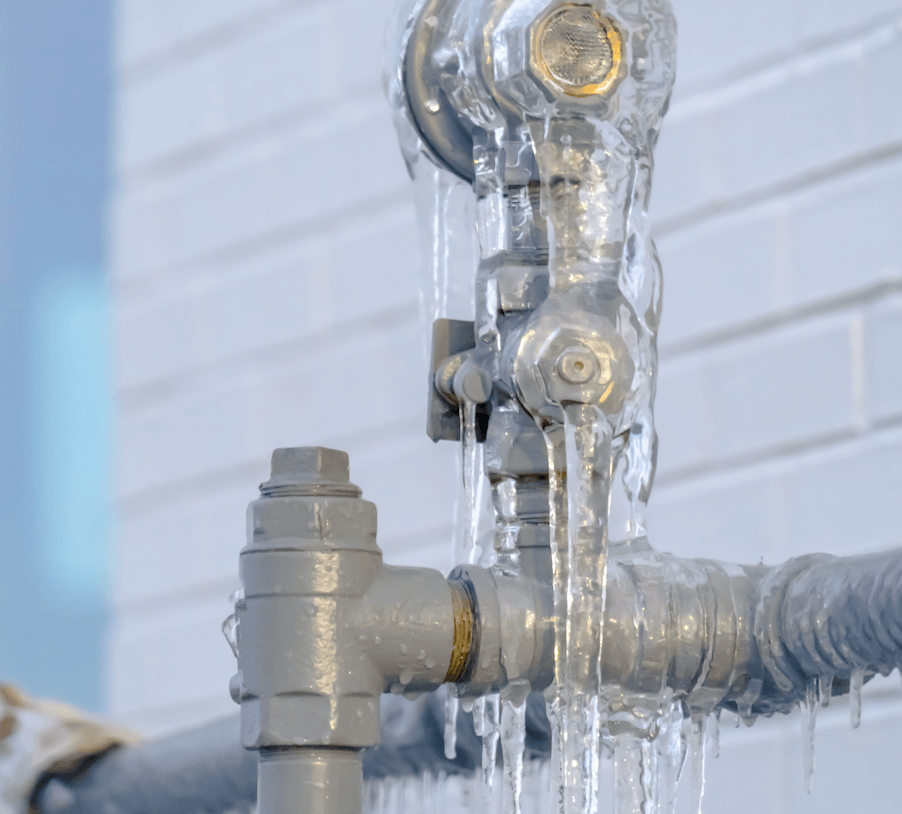How to Defend Your Pipes from Cold Weather: Expert Advice
How to Defend Your Pipes from Cold Weather: Expert Advice
Blog Article
Are you currently looking for information and facts concerning How To Avoid Freezing Pipes?

Cold weather can damage your pipes, especially by freezing pipelines. Below's just how to avoid it from occurring and what to do if it does.
Introduction
As temperature levels decrease, the danger of icy pipelines boosts, potentially resulting in expensive fixings and water damages. Recognizing exactly how to stop icy pipes is essential for property owners in cold environments.
Prevention Tips
Protecting vulnerable pipelines
Cover pipelines in insulation sleeves or use heat tape to safeguard them from freezing temperature levels. Concentrate on pipelines in unheated or exterior locations of the home.
Heating techniques
Keep interior areas adequately heated, especially areas with plumbing. Open closet doors to permit cozy air to circulate around pipes under sinks.
Just how to identify icy pipelines
Look for decreased water flow from faucets, uncommon smells or sounds from pipelines, and noticeable frost on revealed pipes.
Long-Term Solutions
Structural changes
Take into consideration rerouting pipelines away from exterior wall surfaces or unheated locations. Include additional insulation to attic rooms, cellars, and crawl spaces.
Updating insulation
Buy top notch insulation for pipelines, attics, and wall surfaces. Correct insulation helps preserve constant temperature levels and decreases the threat of frozen pipes.
Securing Outdoor Pipes
Yard pipes and outside faucets
Disconnect and drain pipes garden hoses prior to winter months. Set up frost-proof spigots or cover exterior taps with shielded caps.
Comprehending Frozen Pipelines
What causes pipes to ice up?
Pipes freeze when exposed to temperature levels below 32 ° F (0 ° C) for expanded periods. As water inside the pipelines freezes, it broadens, taxing the pipe wall surfaces and potentially triggering them to break.
Risks and problems
Frozen pipelines can result in water disruptions, building damage, and expensive repair services. Ruptured pipelines can flooding homes and create considerable structural damages.
Indicators of Frozen Pipes
Recognizing frozen pipelines early can stop them from rupturing.
What to Do If Your Pipelines Freeze
Immediate actions to take
If you think icy pipes, maintain taps open up to ease pressure as the ice melts. Utilize a hairdryer or towels soaked in hot water to thaw pipelines slowly.
Conclusion
Preventing icy pipes requires positive steps and quick reactions. By comprehending the causes, indicators, and safety nets, homeowners can safeguard their pipes throughout cold weather.
5 Ways to Prevent Frozen Pipes
Drain Outdoor Faucets and Disconnect Hoses
First, close the shut-off valve that controls the flow of water in the pipe to your outdoor faucet. Then, head outside to disconnect and drain your hose and open the outdoor faucet to allow the water to completely drain out of the line. Turn off the faucet when done. Finally, head back to the shut-off valve and drain the remaining water inside the pipe into a bucket or container. Additionally, if you have a home irrigation system, you should consider hiring an expert to clear the system of water each year.
Insulate Pipes
One of the best and most cost-effective methods for preventing frozen water pipes is to wrap your pipes with insulation. This is especially important for areas in your home that aren’t exposed to heat, such as an attic. We suggest using foam sleeves, which can typically be found at your local hardware store.
Keep Heat Running at 65
Your pipes are located inside your walls, and the temperature there is much colder than the rest of the house. To prevent your pipes from freezing, The Insurance Information Institute suggests that you keep your home heated to at least 65 degrees, even when traveling. You may want to invest in smart devices that can keep an eye on the temperature in your home while you’re away.
Leave Water Dripping
Moving water — even a small trickle — can prevent ice from forming inside your pipes. When freezing temps are imminent, start a drip of water from all faucets that serve exposed pipes. Leaving a few faucets running will also help relieve pressure inside the pipes and help prevent a rupture if the water inside freezes.
Open Cupboard Doors
Warm your kitchen and bathroom pipes by opening cupboards and vanities. You should also leave your interior doors ajar to help warm air circulate evenly throughout your home.

As a fervent reader on How to Prevent Your Pipes From Freezing, I imagined sharing that portion was a great idea. Sharing is caring. Helping others is fun. Thanks a lot for being here. Please check our website back soon.
Suggested Site Report this page